Science Illustrated delivers natural science, break through discoveries and an understanding of the world for the entire family. Packed with stunning photography and in-depth editorial it’s a visually spectacular gateway to the world looking into the beginning of life to distant objects in the universe.
Science Illustrated
All sides of the moon: Enceladus in infrared
Etna average: lava flow quadrupled in recent times
Cosmic collision causes a new type of black hole • For the first time, physicists have witnessed two black holes merging to form a medium-sized black hole that weighs 100+ times more than the Sun.
‘Oceanbird’, the world’s biggest sailing ship, to use plane-like wings • Big diesel-powered freighters could be challenged by an environmentally-friendly alternative. Shipbuilders will launch a 200-metre-long wind-powered ship in 2024.
Scientists measure monster shark • New calculations indicate the probable appearance of this huge prehistoric megalodon shark. The hunter-scavenger seems equally suited to sudden attacks or long-distance cruising.
Superdeep diamonds reveal the limits of carbon-based life • The carbon cycle of life on Earth reaches no more than 660km into Earth’s interior.
Honey-bee venom becomes new weapon against cancer • Melittin in bee venom kills cancer cells in less than an hour. This could lead to aggressive new breast cancer treatments.
How the Neanderthals lost their Y chromosome • New genetic studies show that the Neanderthals replaced their male sex chromosome more than 100,000 years ago. They got their new chromosome from an early version of our own species.
Diving record broken by beaked whale • In an amazing dive, a beaked whale has remained under the water for one hour longer than the old record. According to biologists, this should not be possible.
Airliners to fly in formation • Inspired by migrating birds, aircraft maker Airbus aims to develop a system in which airliners fly in a V formation to save tonnes of fuel per flight.
Cosmic radiation puts limits on the length of lunar missions • New data is revealing how long astronauts can safely remain on the Moon.
Aussie lungfish has largest animal genome known to science • Scientists are teasing out the secrets that place the Australian lungfish near a critical moment of evolution.
What is twilight, and why do we see fewer colours? • When the sun’s disc disappears, we enter dusk. We can still see the world around us because our vision adjusts as light reduces, switching gradually to a different vision system which removes colour sensitivity.
TOP 5 · Which animal has the most powerful poison?
Why are COVID-19 traces found in sewage when there are no cases?
Do other planets have plate tectonics?
INSIDE THE BODY · Why does hair lose its colour?
SCALE • Which is heavier: a jumbo jet or the ISS?
Why are bird droppings white? • Most animal faeces is brown, so why are bird droppings white?
How did the first virus originate?
WHAT IS THIS? · Blue light beam • The contrast between the church tower’s shadow and the light refracted in drifting water drops causes an optical phenomenon.
…it is hard to extinguish fire in space? • “I have heard that fire behaves differently in space than it does on Earth, and it is more difficult to extinguish. Is that true?”
What is the world’s tiniest vertebrate animal?
INSIDE THE BODY · How does an airbag bike helmet work?
WORLD RECORDS • Where the highest cliff in the Solar System?
Does long-distance running harm you? • “Running is supposed to be good for you, but is there a point at which ultra-distance running is more likely to be harmful?”
A WILD CHASE IN SPACE...
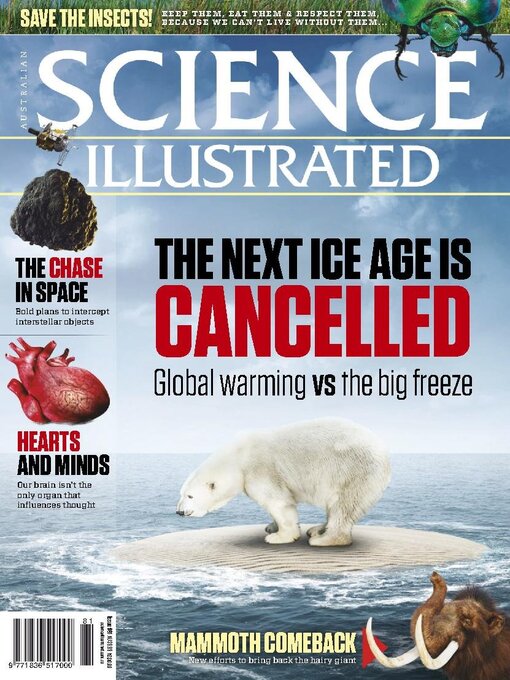
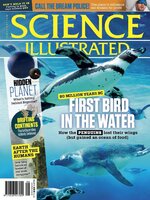 Issue 108
Issue 108
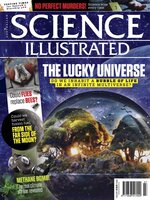 Issue 107
Issue 107
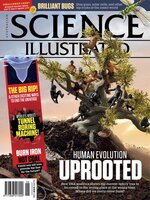 Issue 106
Issue 106
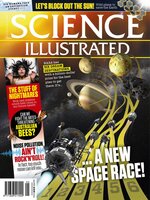 Issue 105
Issue 105
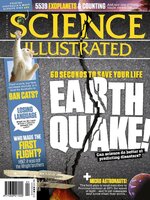 Issue 104
Issue 104
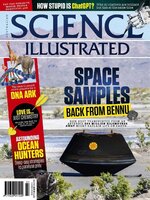 Issue 103
Issue 103
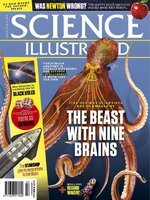 Issue 102
Issue 102
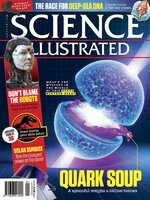 Issue 101
Issue 101
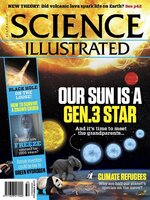 Issue 100
Issue 100
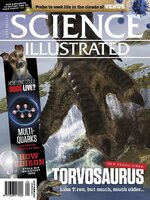 Issue 99
Issue 99
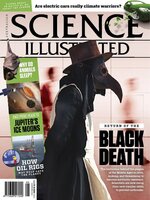 Issue 98
Issue 98
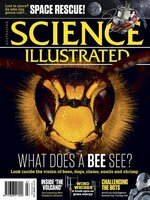 Issue 97
Issue 97
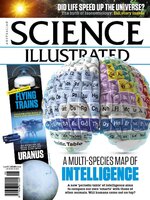 Issue 96
Issue 96
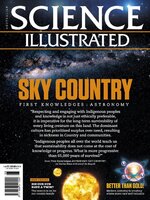 Issue 95
Issue 95
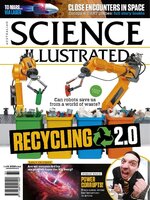 Issue 94
Issue 94
 Issue 93
Issue 93
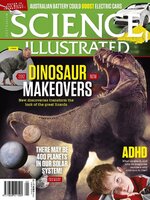 Issue 92
Issue 92
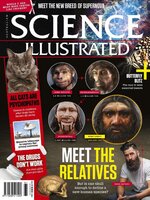 Issue 91
Issue 91
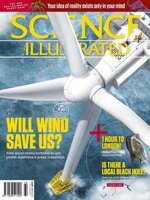 Issue 90
Issue 90
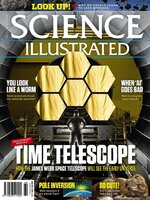 Issue 89
Issue 89
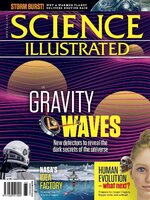 Issue 88
Issue 88
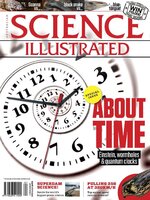 Issue 87
Issue 87
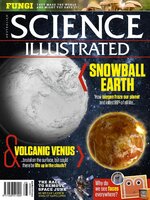 Issue 86
Issue 86
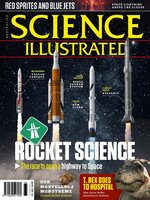 Issue 85
Issue 85
